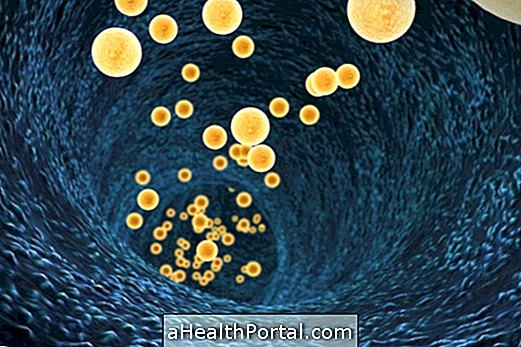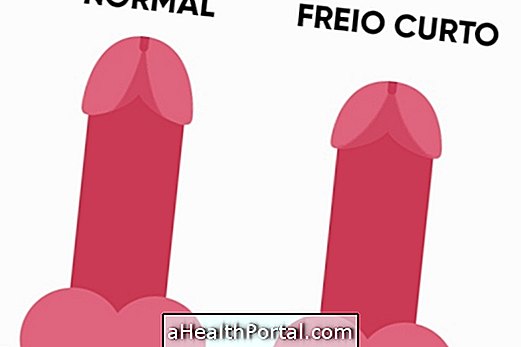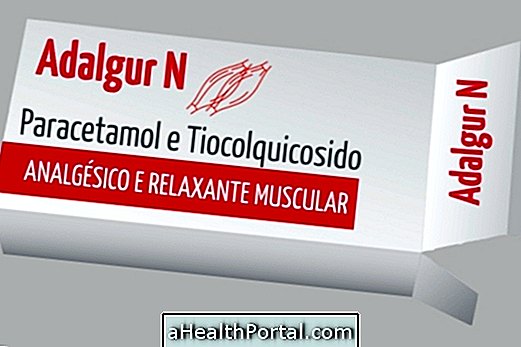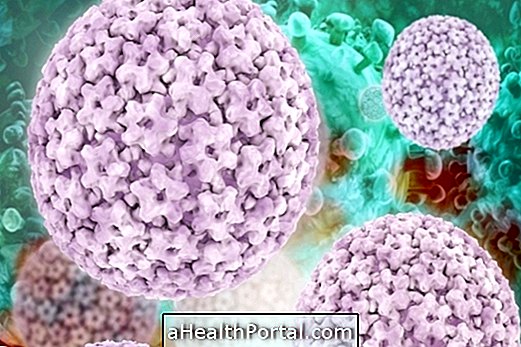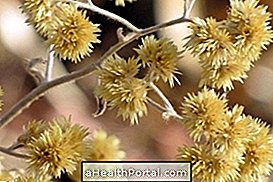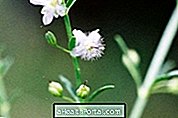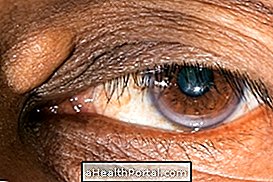Human myiasis is the infestation of fly larvae on the skin, which can happen in 2 forms: pea or berne. The bicheira is provoked by the blowfly, and the berne by the common fly. The main characteristics of each type are:
- Bicheira: The fly Cochliomyia hominivorax rests on the injured skin, which can be a scratch, and places from 200 to 300 eggs, which turn into larvae in only 24 hours and feed on living or dead tissues. After this period they fall and hide in the ground in the form of pupae, which after a few days will give rise to new flies.
- Berne: The fly Dermatobia hominis places a larva on the skin after about 7 days and penetrates actively through the skin where it will remain for about 40 days feeding on living or dead tissues. After this period it falls and hides in the soil in the form of a pupa, which after a few days will give rise to a new fly. The larva keeps an open hole in the skin where it can breathe, so by covering that opening the larva may die.
This type of infestation can affect man and also domestic animals, cattle, sheep and goats, for example, and it is also possible to have pigeon pea and berne at the same time, especially in animals that are not inspected daily.
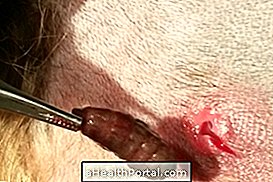

Symptoms of myiasis
The symptoms of human myiasis can occur anywhere in the body, including the eyes, ears, mouth or nose, causing great discomfort. Its main signs are:
- Berne: Wound of 2-3 cm in the skin, open, with pus and liquids. By pressing you can see the white larva on the spot
- Bicheira: Open wound on the skin of variable size, full of small larvae and bad smell in the place, and can cause serious hemorrhages, when they proliferate in the cavities
Myiasis in humans especially affects people in poor hygiene and basic sanitation, as well as alcoholics, dirty people, who sleep on the streets and who have skin wounds, bedridden or mentally handicapped.
Treatment for myiasis
The treatment for bicheira and berne is the treatment of larvae, an unpleasant and painful process, and therefore it is also recommended to take ivermectin in two or three doses, under medical indication. Covering the wound with bacon or tape is a homemade solution that may work in some cases but can be time consuming and cause discomfort and pain.
The use of olive oil, alcohol, criolino or other substances directly on the wound does not seem to be effective and causes intense discomfort because it causes discomfort in the larvae that can try to enter even deeper into the wound, making it difficult to remove. So the most recommended is to remove the larvae with tweezers and take the antiparasitic remedy, which will be able to kill and eliminate the larvae in about 24 hours.
In more severe cases, it may be necessary to have a minor surgery to cut the skin and widen the hole, allowing the larvae to be removed.
How to Prevent Infestation
To avoid infestation by fly larvae in humans, it is important to maintain good hygiene habits, to bathe daily by rubbing with soap and water, taking good care of all the wounds and scratches, keeping them clean and disinfected, applying antiseptic lotion daily, taking all necessary care to avoid cuts and scratches.
It is also important to keep away the flies, avoiding the concentration of litter exposed to the open sky, and using insecticide whenever necessary to keep flies out of the house. Bedridden people need extra care because they do not have the same defense capacity, and need an attentive caregiver, who bathes, takes care of hygiene and keeps wounds clean.


